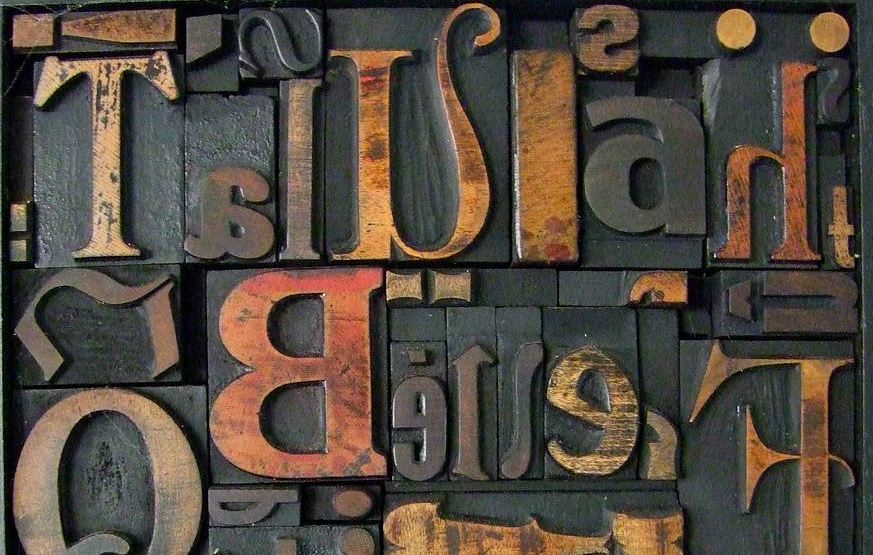icrosoft introduced the XPS format during the Microsoft Windows Vista rollout several years back as a competitor to Adobe’s PDF. This format, based on XML, has been adopted by K-NFB Reading Technology for its flexibility and the capabilitiy of being able to render pages with fidelity to the original layout (much as the PDF format does).
Typography, graphic placement, page flow, and other elements of ebook design can be handled with greater precision than is possible with ebook formats designed to dynamically adapt to different screen sizes. This makes the Blio format well suited for ebook titles where the aesthetic qualities of the page design are paramount, such as coffee table photo books, instructional books with an abundance of graphics, cookbooks, magazine-type publications, graphic novels, and similar types of works.
K-NFB, a joint venture between Kurzweil Technologies and the National Federation of the Blind, has incorporated the strengths of advanced text-to-speech software in the Blio, a feature that has been refined and improved over many years, based on Ray Kurzweil’s pioneering work in this area. K-NFB also has a major ally in Baker & Taylor, the world’s largest distributor of books and entertainment.
Remarkably, Baker & Taylor has been continuously in business for over 180 years. As a platform for selling and distributing ebooks, Baker & Taylor provides worldwide reach and the company is catering to the rising popularity of ebooks by making customizable storefronts available to support specialized branding and unique promotional venues available to large publishers (with some possibilities available to small publishers).
The titles in Baker & Taylor are integrated with comments and reviews from Goodreads, a popular social media application that lets readers openly discuss the books they are reading.
The Blio ereader software initially launched to devices based on Microsoft Windows, but more recent releases have targeted the Apple iOS– and Android-based devices, including a release that will run on tablet devices powered by Android 3.0 (codename Honeycomb). The nature of the Blio format—becasue of the strong emphasis on page fidelity—does not favor smaller ereaders, such as those that run on smartphones—but Blio works well with larger screen computing devices, such as tablets, notebooks, and desktop machines. Co-marketing efforts with hardware manufacturers—including HP—could increase the strength and visibility of Blio over time.
Strengths
Blio’s bookstore, backed by Baker & Taylor, offers the strength of an international leader in the publishing industry. The Blio format, derived from XPS, lets authors and publishers maintain the aesthetic purity of the page with careful attention to typography, layout, and graphics. The Blio ereader software has exceptional support for text-to-speech synthesis and read-along audio book support.
Overall, Blio offers promise, but whether the promise will be fulfilled over the long term is unknown. Very good support for interactivity makes Blio a good candidate for learning materials, dynamic ezines, and titles with complex graphics or intricate presentations. Recent releases of the Blio ereader software for tablets, including the iPad and Android-based tablets, makes the offering sweeter.
Weaknesses
Without the wealth of development tools available for other ebook formats, creating books for the Blio ereader is a steeper road to follow. Compared to competing ebook platforms, Blio has only a small market share and an unknown future. The format does not translate well to small screen devices, such as smartphones. The path to getting a self-published ebook into the Blio store is still an open question for independents (we’re still investigating, but at the moment it looks as though it can’t be done, although the folks at Quark say a solution is in the works).
Our Recommendation
If you like to place your bet on a dark horse with significant potential, it’s worth considering supporting the Blio format and hoping that the primary stakeholders in this format, Baker & Taylor and K-NFB, will be able to expand their market reach and provide a mechanism to make it easy for self publishers to participate . Given the strength of Barnes & Nobel, Apple, and Amazon, ebook success through Baker & Taylor will likely be an uphill battle and the ultimate fate of Blio remains an open question.
Quark XPress 9 has incorporated features that make it easy to develop books in the Blio format, including support for many of the interactive capabilities that are supported by XPS with its XML underpinnings. While not inexpensive, Quark has a storied history in the ePublishing world and appears to be committed to the format. XPS files can also be generated directly by many Microsoft Windows applications by selecting the XPS printer driver.
As of yet, however, there are not a large number of third-party applications that let authors or publishers work with XPS files directly. The path to publication is not as open or flexible as it is with AZW, PDF, or EPUB. There is a mechanism in place for independents to publish apps created by Quark App Studio (which complements Quark XPress) directly to the Apple App Store (if you set up a developer account). This tool simplifies the process of creating digital content (children’s books, magazines, media-rich ebooks) for the iPad or iPhone, but there are license fees if you decide to take this route.
The Blio format is best for the following types of ebooks:
-
Ebooks where read-along audio or text-to-speech synthesis is an important element
-
Full-color ebooks where typography and page layout are key elements
-
Instructional books, such as cookbooks, and training manuals, such as computer learning guides
-
Children’s books where color, design, and interactivity are important
The Blio format is less well suited for the following types of ebooks:
-
Ebooks where portability among many different devices is an important factor
-
Ebooks targeting the largest segments of readers and most popular online bookstores
-
Ebooks intended to be read on small form-factor devices, particularly smartphones
